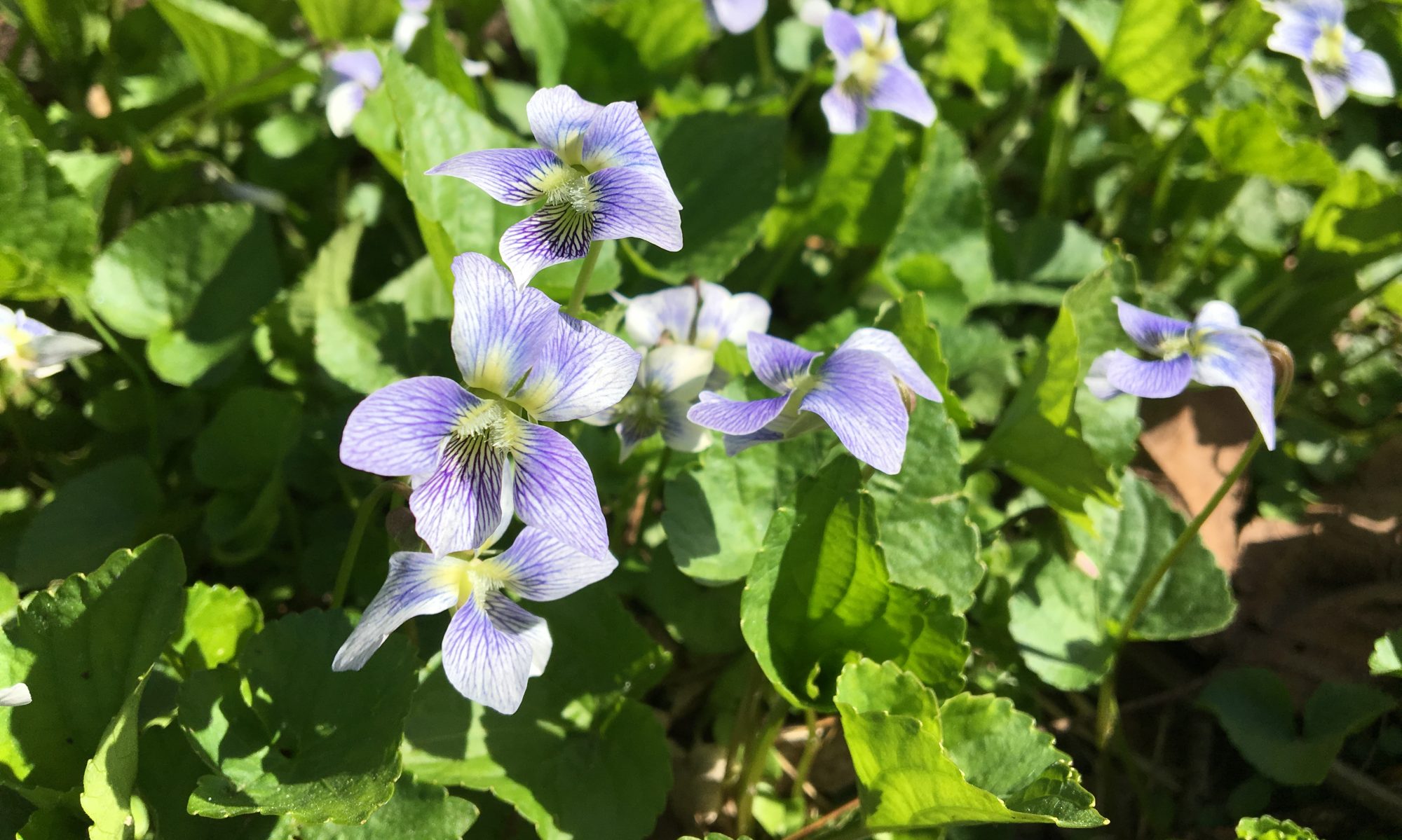General Garden Care
Continue to order seed, bulb, and nursery catalogs to assist in planning your garden for the upcoming year.
Unseasonably warm and dry winter weather will further stress plants that were not watered adequately during a dry Chicago autumn. During periods of winter thaw, water evergreens, broadleaved evergreens, and conifers as needed. Water newly planted trees and shrubs and all plants, including turf, that might be in the path of salt spray from salted roads.
Continue to check plants for signs of damage from weather or animals.
Tree and Shrub Care
Unusually mild weather might cause some buds on flowering shrubs to bloom prematurely.
Continue to cut branches for forcing indoors. Branches should be at least 1 foot long, full of fat flower buds, and cut on a day above freezing. Good choices for forcing this month include serviceberry (Amelanchier), magnolia (Magnolia), flowering quince (Chaenomeles), forsythia (Forsythia), crabapple or apple (Malus), flowering pear (Pyrus), flowering cherry (Prunus), honeysuckle (Lonicera), spring-flowering witch hazel (Hamamelis vernalis), and redbud (Cercis).
Heavy pruning of large woody plants can be done this month, weather permitting. To avoid sacrificing spring flower display, prune large flowering trees and shrubs after they bloom in spring. Fruit trees are best pruned in late February or early March.
Check newly planted softwood trees for frost cracks or sunscald injury that might occur when winter temperatures fluctuate dramatically from a sunny warm day to a subzero night. Consider wrapping vulnerable tree trunks with protective wrap in fall and removing it in early spring.
If weather is unusually warm, avoid pruning trees that will “bleed,” or discharge large amounts of water, such as elms, maples and birches. Prune these trees only when weather is quite cold or in summer.
Immediately prune out broken or damaged branches.
Indoor Plant Care
Continue to care for amaryllis following their flower display. Allow all stems to wither before cutting them off the bulb. Keep the pot in a bright, warm location, out of direct sun. Water the plant as needed. The green, strappy leaves will continue to grow. When all danger of frost has past, take the pot outside to the garden and keep it in a location protected from afternoon sun. Fertilize the bulb every 10 to 14 days with a liquid 10-10-10 or 15-15-15 mix. This fertilizer helps refuel the bulb for another season’s flower show.
In February many houseplants might show signs of stress caused by light deprivation, overwatering, insufficient humidity, and overheated indoor air. Stressed plants are more likely to develop insect and disease problems, so monitor your plants for early signs of trouble.
If winter sunlight has been minimal, foliage plants as well as herbs and all flowering plants might require artificial light to supplement the diminished natural sunlight.
Continue to start seeds for spring- or summer-blooming annuals, vegetables, and perennials. Approximately seven to 10 days before setting out plants, harden them off by taking them outside for a few hours a day and back in again at night. Gradually increase the time spent outside until the plants are ready to be planted in containers, window boxes or directly into the garden.
Cut Flower Care
To keep cut flowers fresh, place them in room-temperature water as soon as possible. With a sharp knife or pruners, make an angled cut and remove 1 inch from each stem. Make this cut while the stem is under water. Cutting on an angle increases the surface area for water intake.
Source: http://www.chicagobotanic.org/plantinfo/checklist
